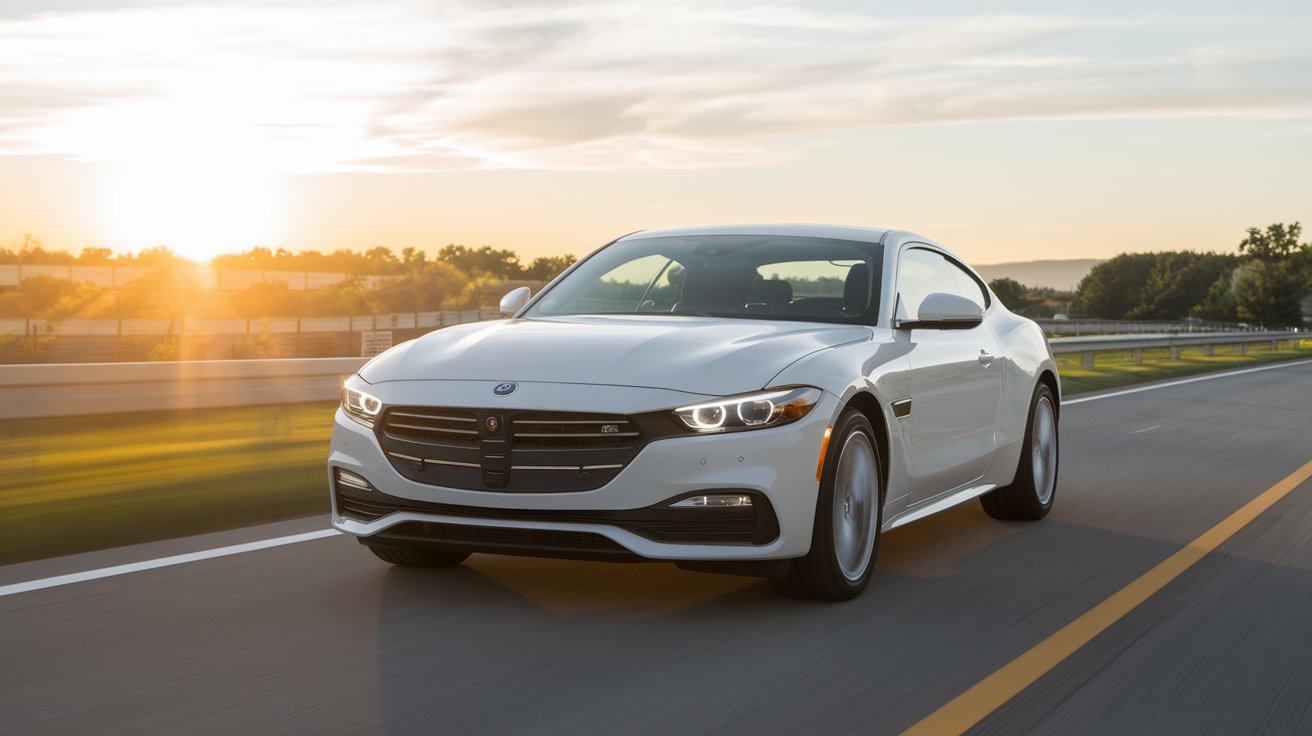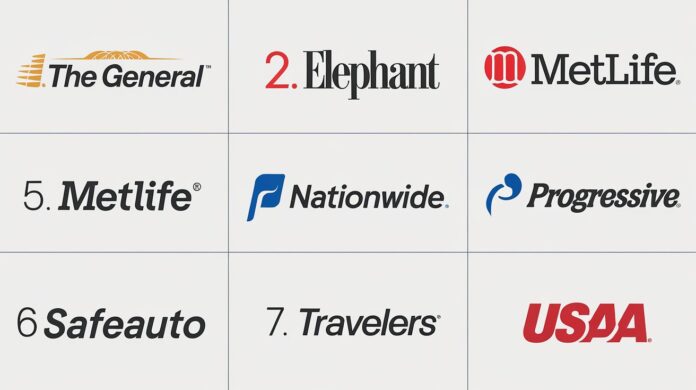Overview of insurance Companies That Accept High Risk Drivers
Definition of high-risk drivers
Insurance Companies That Accept High Risk Drivers: You are classified as a high-risk driver if your driving record contains certain negative marks. These can include multiple speeding tickets, at-fault accidents, DUI/DWI convictions, or a significant lapse in insurance coverage. Insurance companies categorize these drivers as high-risk because of the perceived likelihood that they may file claims in the future, which results in elevated insurance premiums.
Read More: High Risk Drivers Auto Insurance
Common reasons why drivers are categorized as high-risk
There are several factors that lead to the high-risk categorization. Typically, incidents such as having more than one at-fault accident, being convicted of a DUI, or receiving several speeding tickets contribute significantly.
Additionally, if you possess a poor credit score, are a young or inexperienced driver, or own a high-performance vehicle, these also classify you as high-risk. Understanding these factors can help you make necessary adjustments to improve your profile over time.
Implications of being labeled a high-risk driver
Being labeled a high-risk driver carries various implications. First and foremost, you will likely face higher premiums compared to standard drivers. This can result in financial strain as you attempt to manage your everyday expenses alongside these elevated costs.
Additionally, some insurance companies may deny coverage entirely, leaving you to find specialized insurers that cater specifically to high-risk profiles. Knowing these considerations helps you to approach your insurance needs proactively.

Top Insurance Providers for High-Risk Drivers
Key features of leading providers
When searching for insurance companies that accept high-risk drivers, you should look for providers that offer customized solutions, flexible payment options, and a wide range of coverage options. Companies like USAA, Geico, and Progressive are prominent choices due to their ability to provide specialized insurance options for high-risk drivers. They often assess various factors to tailor their offerings, ensuring you receive a policy that meets your unique needs.
Special considerations for different risk factors
Insurance companies analyze multiple risk factors in their underwriting process. If you have multiple traffic violations, some insurers might provide specific discounts for completing driving safety courses. If you are categorized as high-risk due to a DUI, certain companies like Progressive or The General may offer competitive rates despite your past violations. It is crucial to communicate openly with these insurers about your situation to ensure you explore all available options.
Comparison of rates among top insurers
Comparing rates among the best insurance companies for high-risk drivers can reveal significant savings. Depending on your profile, companies may vary greatly in their premium offerings.
For example, USAA is often noted for its competitive prices for military personnel and veterans, while State Farm may generally provide more favorable rates for younger drivers. By collecting quotes from several high-risk auto insurance providers, you can identify which company aligns best with your budget and needs.

Insurance Costs for High-Risk Drivers
Average annual rates based on various factors
Your insurance premiums as a high-risk driver will differ based on various personal factors. On average, full coverage for high-risk drivers sits around $3,986 per year, while minimum coverage can range approximately to $1,551 annually. Your unique situation—including driving history, the nature of your violations, and your credit score—can lead to substantial differences in pricing across different providers.
Impact of driving history and credit scores on premiums
Your driving history and credit score have a profound impact on your insurance rates. A clean driving record with good credit may yield average annual rates of around $2,314.
However, if your credit score is poor, you could see your annual insurance costs spiking to about $4,063. It is crucial to recognize how these elements interact; improving your credit score may indeed help mitigate insurance costs down the line.
Cost variations among different providers
There is a wide variability in insurance costs among different high risk auto insurance providers. Companies like Travelers often present attractive options for affordable premiums, while others like Nationwide may offer slightly higher rates.
For instance, Nationwide could offer minimum coverage for drivers with a DUI at around $114 monthly, while USAA might present a lower figure of $73. Understanding these variations and doing thorough research will allow you to find the best possible rate for your needs.
Tips for Finding Affordable Coverage
Strategies to lower insurance rates
Fortunately, there are several methods you can pursue to lower your insurance rates despite being classified as a high-risk driver. Consider taking defensive driving courses, which can often qualify you for discounts.
Additionally, maintaining a clean driving record after your incident can positively impact your premiums over time.
Most importantly, keeping open lines of communication with your insurance provider and discussing your options will allow you to explore further opportunities for reducing costs.
Importance of shopping around for quotes
One of the most effective strategies to discover affordable high-risk auto insurance options is to shop around for quotes. Prices can vary significantly among insurers, and what works for one driver may not fit your unique situation. Collecting multiple quotes allows you to compare pricing and coverage levels, enabling you to make an informed decision on your insurance provider.
Utilizing discounts and safe driving programs
Many insurers offer various discounts that can ease the financial burden of high-risk insurance costs. These can range from safe driving rewards to multi-policy discounts if you secure both home and auto coverage with the same provider. Take time to inquire about all available options and incentives from your chosen insurance provider to maximize potential savings.

FAQs
How do insurers define high-risk drivers?
Insurers typically define high-risk drivers based on various parameters, such as the number of accidents, driving violations, and even credit scores. This categorization aims to identify those who may be more likely to file claims in the future.
What companies cater to high-risk drivers?
Several companies specialize in providing coverage for high-risk drivers, including USAA, Geico, Progressive, and The General. These firms have developed flexible solutions tailored specifically to the different needs presented by high-risk profiles.
How can I get better rates for high-risk insurance?
To obtain better rates, consider improving your credit score, maintaining a clean driving record, and exploring available discounts. Additionally, shop around for quotes among various insurers to identify the best options.
What factors affect my insurance premium as a driver?
Several factors can influence your insurance premium, including your driving record, credit score, age, vehicle type, and location. Insurers will typically assess these elements to determine your risk level and resulting premiums.
Which insurance company is best for high-risk drivers?
The best insurance company depends on your specific needs and risk profile. Factors such as driving history, type of violations, and individual circumstances will guide you toward the most suitable provider.
Who is considered a high-risk profile for insurance?
A high-risk profile typically includes individuals with a history of traffic violations, DUIs, numerous at-fault accidents, or those who have had their insurance lapse. Additionally, demographic factors, such as age, may also contribute to this classification.
How much is high-risk insurance in Ontario?
In Ontario, high-risk drivers can expect average premiums to vary widely based on individual circumstances, with many experiencing rates significantly higher than standard drivers—approximately $3,000 or more annually for full coverage. It is advisable to collect quotes from multiple insurers to yield the best price.


